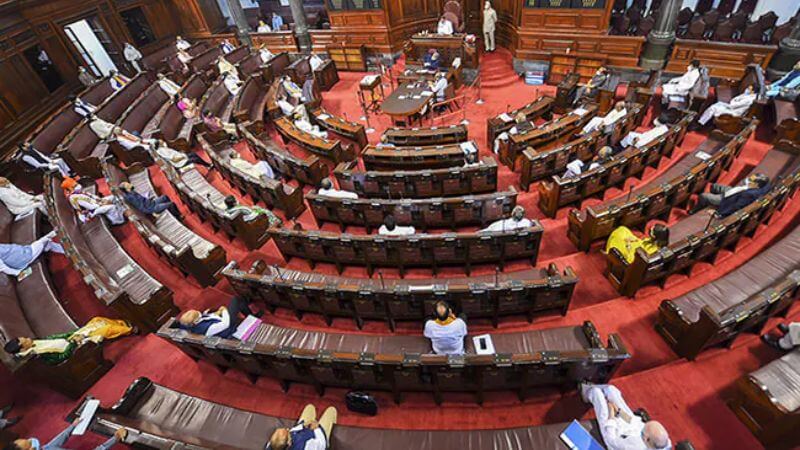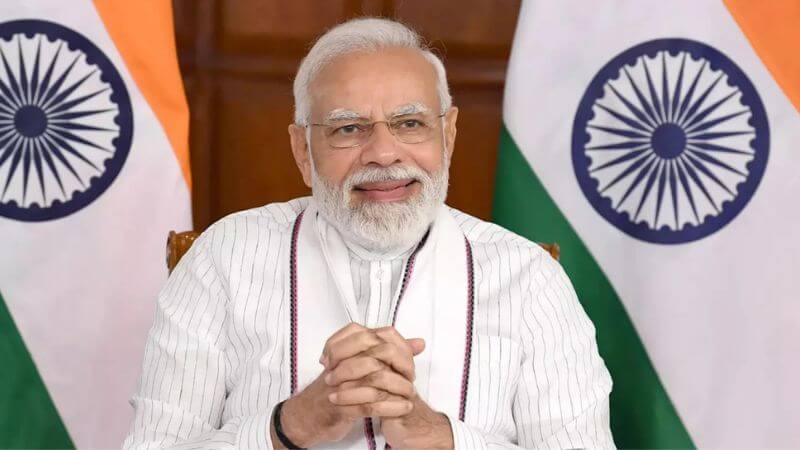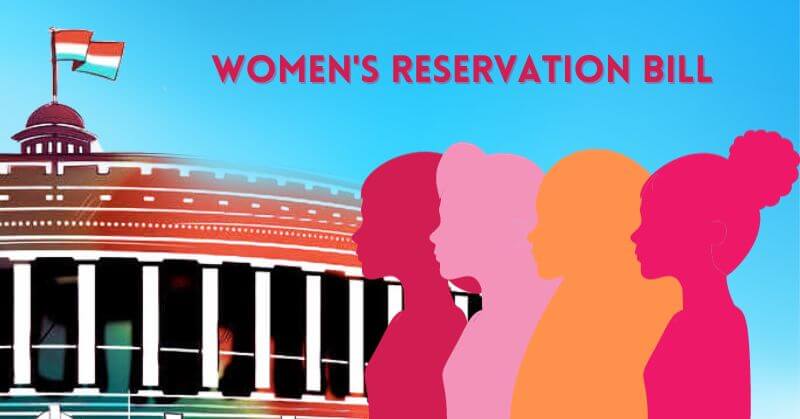The Women’s Reservation Bill, which has been pending for nearly 27 years, seeks to reserve one-third of all seats for women in the Lok Sabha and state legislative assemblies. However, the bill was first introduced in 1996, and since then, it has been introduced in Parliament several times but has not been passed. The current government has introduced its version of the bill, which proposes a 33% reservation for women in Parliament and state legislative assemblies. Continue reading to learn more about the reservation bill.
Difference Between NDA And UPA Women’s Reservation Bill

Here are some of the key differences between the NDA government’s proposal and the UPA version,
Constitutional Amendment
The UPA version of the bill sought to amend the Constitution to provide for the reservation of seats for women in the Lok Sabha and state legislative assemblies. However, the NDA government’s proposal, on the other hand, does not require a constitutional amendment.
Reservation for SC/ST Women
The UPA version of the bill provided for the reservation of seats for women belonging to Scheduled Castes and Scheduled Tribes. In contrast, the NDA government’s proposal has no such provision.
Reservation In Rotation
The bill’s UPA version proposed that women’s reservations would be rotated after every general election. The NDA government’s proposal does not have any such provision.
Reservation In Rajya Sabha
The UPA version of the bill proposed that one-third of the seats in the Rajya Sabha would be reserved for women. The NDA government’s proposal does not have any such provision.
History

The Women’s Reservation Bill is a significant step towards gender equality and political empowerment of women in India. The bill has been a long-standing demand of women’s rights activists and political parties.
In May 1989, former Prime Minister Rajiv Gandhi proposed the women’s reservation bill for the first time. He further introduced the constitutional amendment bill to provide one-third of reservations to women. However, the reservations were for both women living in rural areas as well as urban areas. This bill was passed in Lok Sabha but failed to pass in the Rajya Sabha in September 1989.
A few years later, in 1992 and 1993, reintroduced the constitutional amendment bills 72 and 73. The bill reserved one-third of the seats and chairperson posts for women. Moreover, the bill was passed in both houses and became a national law. Later, in September 1996, the 81st Constitution Amendment Bill in Lok Sabha was introduced. But, the bill failed to get approval from the lower house.
This bill was reintroduced later in 1999, 2002, and 2003 but failed to get any success. However, this bill was eventually passed in the Rajya Sabha on March 9, 2010. However, this bill was never considered and consequently lapsed in 2014.
In conclusion. the bill has a long history. It has been failed and dismissed several times. What do you think about the bill? Do women need special reservations? Do let us know your thoughts in the comment section below. We are eagerly waiting for your response. Stay tuned for further updates.
Follow Us: Facebook | Instagram | Twitter |
Youtube | Pinterest | Google News |
Entertales is on YouTube; click here to subscribe for the latest videos and updates.














